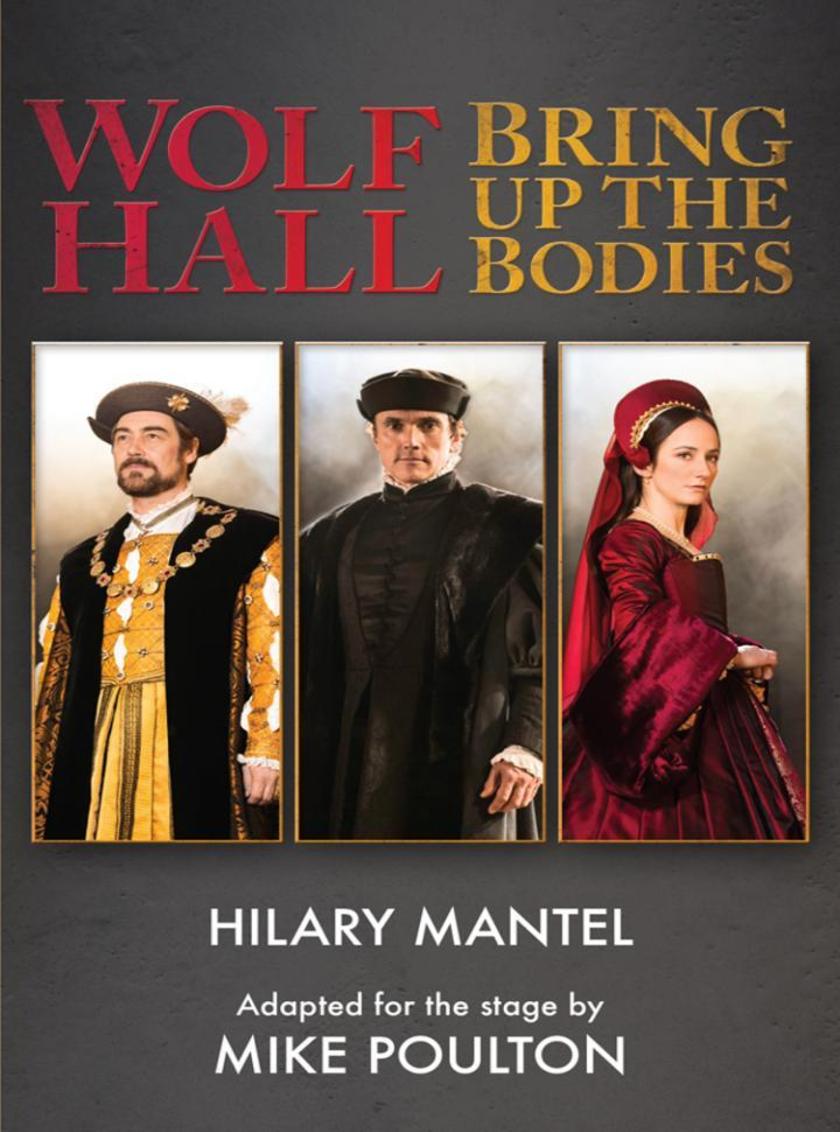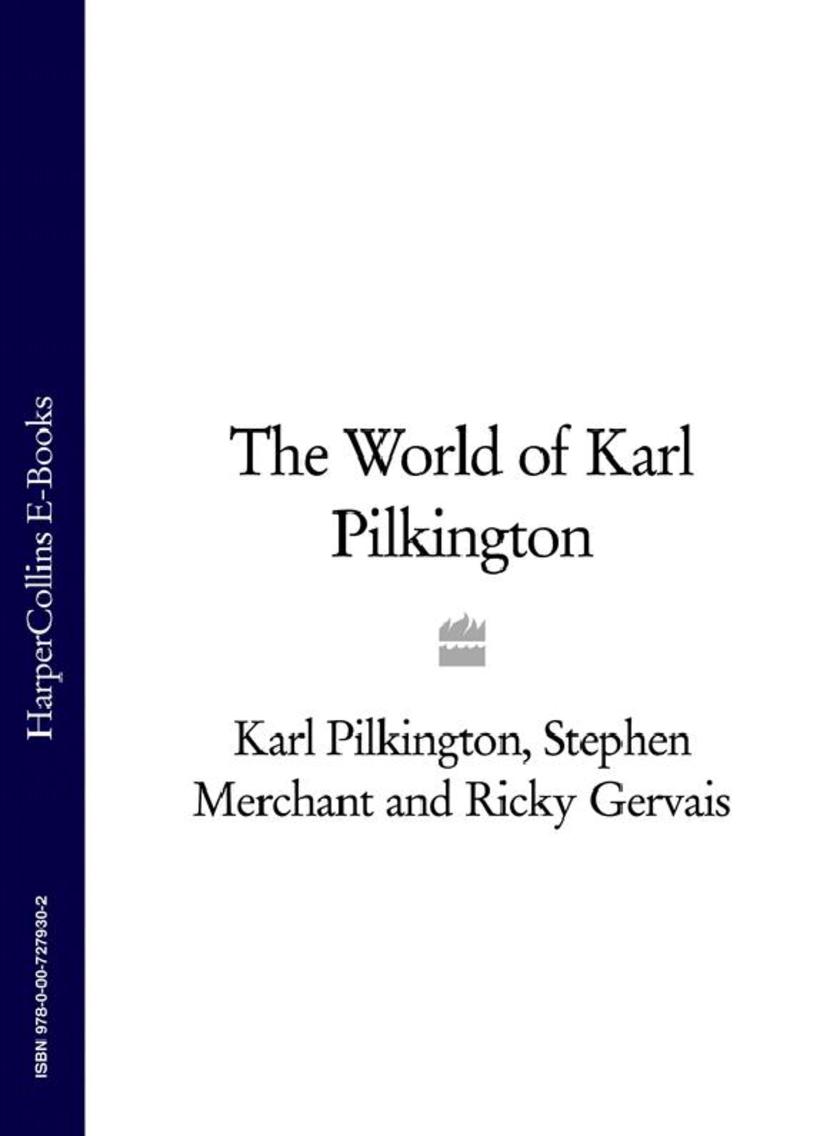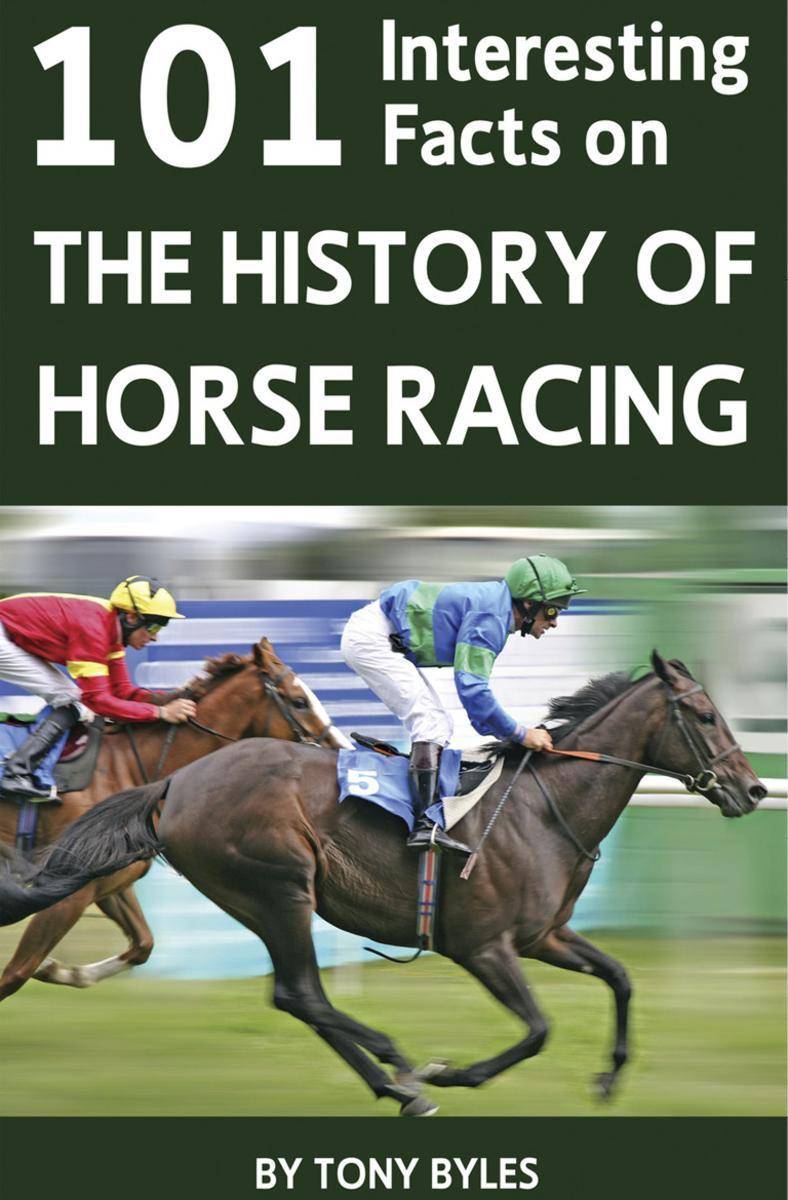
Mirth of a Nation
¥90.54
A salvo of hilarity from that loose canon of American humor that Mirth of a Nation editor Michael J. Rosen has culled from some 1200 pages of brilliantly original works by our best contemporary humorists. This action-packed compilation of highlights includes Bobbie Ann Mason's stint at the La Bamba hotline, David Rakoff's insights on families, Andy Borowitz's memoir of Emily Dickinson (basically, she was a drunken jerk), and Michael Feldman's helpful (re)locating of the Midwest.

The Works of John Leguizamo
¥94.10
John Leguizamo's smash–hit one–man shows have been acclaimed by critics and fans alike. In this new Harper Paperback edition, all four shows are compiled into one phenomenally entertaining volume. Mambo Mouth (1991), Leguizamo's first show, was an off Broadway sensation. Leguizamo's portrayal of seven different Latino characters earned him both Obie and Outer Critics Circle awards. His follow up, Spic–O–Rama (1993), a "dysfunctional family comedy," presents 24–hours in the life of one family. It enjoyed a sold–out run in Chicago before relocating to New York where it won its creator a Drama Desk Award. Freak (1998), Leguizamo's Broadway debut, is his own coming–of–age story. A "demi–semi–quasi–pseudo–autobiography," the show was a critical and commercial success and won an Emmy when it was shown on TV. Sexaholix: A Love Story (2001), based on the sold–out national tour of John Leguizamo Live! was nominated for an Outer Critics Circle Award as well as a Tony Award. Alternately hilarious and poignant, always candid and searingly intelligent, The Works of John Leguizamo is a must–have for fans of this inimitable performer.

Mental Floss: What's the Difference?
¥72.70
Enlighten Up Already!MonetManetWho can even tell the differenceWell, with the help of the newest mental_floss tome, you can! Want to learn how to tell egg rolls from spring rolls, nuclear bombs from dirty nuclear bombs, or even how to tell an idiot from a moron (there's a real scientific difference)Piece of cake! Whether you're trying to impress your boss, your mother-in-law, attractive singles, or a pack of fourth graders (you know how they love semantics), mental_floss gives you all the tips and tricks to have you sounding like a genius.

How to Relax Without Getting the Axe
¥77.49
If business is a hamster wheel, what kind of hamster do you want to beThe one who runs all day long, huffing and puffing to keep things turningOr the sleek and happy rodent who works in the corner office down the hallStanley Bing has seen the way the big furballs operate in good times and bad.Core skills taught in this book:DelegationTelling people what to do and having them do it.AbsenceOperating from the digital vacuum.Abuse of statusIt can be done.DecisivenessEven when confused.EngagementBut only when necessary.Step off the wheel.Grab this book.And relax.

Cube Monkeys
¥78.10
You drag yourself to work wearing your office uniform, complete with khaki pants and sense of impending doom. After grabbing a cup of the office sludge, you settle in with your fellow cube dwellers and wonder: How will I last another day in this freaky corporate jungleCheaper than therapy, Cube Monkeys is your secret weapon to surviving the longest 40 hours of the week. Wanna get the overachieving intern firedDon't know how to tell the Stink Bomb down the hall he needs a scrub a dub dubAfraid you may have told off the boss after your fifth margarita at last night's happy hourNeed a handy list of excuses good for any occasionLook no further. The editors of CareerBuilder.com and Second City Communications have answers to your most pressing office survival questions, as well as advice, tips, and more to help you make it through the day without killing anyone. (Well, maybe the intern will take a hit. But that little snitch had it coming.)

It Is Just You, Everything’s Not Shit
¥73.58
The Optimist’s Encyclopedia. In this A-Z of all things nice, Steve Stack takes the reader on an alphabetical tour of the good things in life. Trivial things such as dunking biscuits, drawing pictures in steamed up windows and the sound jelly makes. Big important things like falling in love, Nobel Peace Prize winners and the Internet. And pretty much everything in between from Lego to the shipping forecast, popping bubble wrap to meerkats with guest appearances from Sir David Attenborough, Oliver Postgate, Columbo and The Flaming Lips. It Is Just You, Everything’s Not Shit is the perfect gift for the cynic in your life. It will cheer up even the most miserable of old gits.

Complete Artist’s Manual
¥114.48
The definitive artist’s reference guide and comprehensive sourcebook of art materials and painting techniques, now available in a modern paperback edition. The Complete Artist’s Manual covers all the elements of painting and drawing from materials to techniques, colour composition and media – the ultimate artist’s bible. In addition, it contains a structured painting course with simple exercises developing into more advanced projects, with demonstrations by well-known practising artists who share their experience and expertise with the reader. Contents includes; Supports Drawing and painting media Drawing and sketching Painting techniques Colour and composition What to paint – getting started The artist’s studio Glossary and directory The Complete Artist’s Manual is visually rich and exciting, practical and comprehensive – no artist’s studio should be without it.

May Martin’s Sewing Bible e-short 1
¥9.71
The first of 6 eBook-only shorts from star of the Great British Sewing Bee and doyenne of the Women’s Institute, May Martin, with everything the aspiring seamstress needs to get started: A Place to Sew & the Equipment You Need, General Dressmaking Tips, and Hand Stitches. An exclusive first look at May Martin’s Sewing Bible, due out in August. May has been teaching sewing for over 40 years. Now for the first time she shares her tips and tricks, offering the ultimate beginners’ guide to sewing. Beautifully styled and simple-to-follow, this authoritative sewing e-short, taken from May Martin’s Sewing Bible, gives readers information on everything they need to know to get started with sewing.

May Martin’s Sewing Bible e-short 4: Christmas
¥15.60
The fourth of 6 eBook-only shorts from star of the Great British Sewing Bee and doyenne of the Women’s Institute, May Martin, including a delightful array of seasonal-inspired projects from stockings to Christmas decorations just in time for the end-of-year festivities - taken from May Martin’s Sewing Bible. May has been teaching sewing for over 40 years. Now she shares three easy and practical ways to brighten up the home for Christmas, perfect as little additions to the festive home. Beautifully styled and simple-to-follow, this authoritative sewing e-short, taken from May Martin’s Sewing Bible, provides three projects to add to the holiday spirit.

May Martin’s Sewing Bible e-short 5: Homeware
¥15.60
The fifth of 6 eBook-only shorts from star of the Great British Sewing Bee and doyenne of the Women’s Institute, May Martin, including three brilliant ways to improve the home from curtains to cushions – taken from May Martin’s Sewing Bible. May has been teaching sewing for over 40 years. Now she shares her tips and tricks on making the home even more beautiful, giving readers the chance to transform their home interiors. Beautifully styled and simple-to-follow, this authoritative sewing e-short, taken from May Martin’s Sewing Bible, provides three new and exciting ways to decorate the home.

Wolf Hall & Bring Up the Bodies: RSC Stage Adaptation - Revised Edition
¥70.34
A new, revised edition for the London transfer of Mike Poulton’s expertly adapted two-part adaptation of Hilary Mantel’s hugely acclaimed novels, featuring a substantial set of character notes by Hilary Mantel. Mike Poulton’s ‘expertly adapted’ (Evening Standard) two-part adaptation of Hilary Mantel’s acclaimed novels ‘Wolf Hall’ and ‘Bring Up the Bodies’ is a gripping piece of narrative theatre … history made manifest’ (Guardian). The plays were premiered to great acclaim by the Royal Shakespeare Company in Stratford-upon-Avon in 2013, before transferring to the Aldwych Theatre in London’s West End in May 2014. ‘Wolf Hall’ begins in England in 1527. Henry has been King for almost twenty years and is desperate for a male heir; but Cardinal Wolsey is unable to deliver the divorce he craves. Yet for a man with the right talents this crisis could be an opportunity. Thomas Cromwell is a commoner who has risen in Wolsey’s household – and he will stop at nothing to secure the King’s desires and advance his own ambitions. In ‘Bring Up the Bodies’, the volatile Anne Boleyn is now Queen, her career seemingly entwined with that of Cromwell. But when the King begins to fall in love with self-effacing Jane Seymour, the ever-pragmatic Cromwell must negotiate within an increasingly perilous Court to satisfy Henry, defend the nation and, above all, to secure his own rise in the world. Hilary Mantel’s novels are the most formidable literary achievements of recent times, both recipients of the Man Booker Prize. This volume contains both plays and a substantial set of notes by Hilary Mantel on each of the principal characters, offering a unique insight into the adaptations and an invaluable resource to any theatre companies wishing to stage them.

Grammar Secrets (Collins Little Books)
¥44.24
Let’s admit it, we all struggle with Grammar. There, they’re or their? Who’s or whose? Me or I? Fewer or less? Inside this little book one of Britain’s top Grammar Gurus reveals all you need to know about Grammar but were afraid to ask. Worry no more, Caroline is here to take the grind out of grammar in easy bite-sized chunks. With insights into hyphens and the dreaded apostrophe, comparatives and superlatives and whether England is singular or plural, she offers clear but light-hearted advice on getting things right when it matters – and relaxing just a little when it doesn’t. Beautifully produced, this little book is a treasure in itself and makes a perfect gift. Be careful who you give it to though; you never know who is going to start picking you up on your misplaced modifiers.

Clips From A Life
¥72.40
Classic stills from the life of one of Britain's most cherished entertainers. This is the extraordinary life story of comic legend Denis Norden, told in momentary snapshots by the master British comedian himself. Containing reminiscences of a career stretching back to the golden age of the radio, through the heyday of cinema and the early pioneering days of television comedy, ‘Clips From a Life’ showcases Denis Norden's creative genius at its very best. Told with Denis' hallmark flashes of brilliant humour and sharp observation, the extraordinary life of this enduring humorist is unravelled through his private recollections of the ways things used to be, back then. Denis' school-day musings, dry witticisms, and old-time sayings unearthed from days gone by, combined with remembrances of collaborations with famous figures of the day, from Eric Sykes to Bill Fraser, will sweep you back instantaneously to the magical gags, lively characters and laughter of the past. Flitting between Denis' East End childhood and early career in Variety as a cinema manager for the Hyams Brothers, to his post-war work as a *writer on the groundbreaking radio shows ‘Take It From Here’ and ‘In All Directions’, to the phenomenally successful television comedy ‘Whack-O!’ (all written with long-term collaborator Frank Muir), to his years as a solo writer, performer, and presenter on programmes such as the much-loved ‘It'll Be Alright on the Night’, it is easy to see how Denis' comic appeal has endured for decades, to make him one of the greatest British writers and performers to date. Brimming with Denis's unique wit and personal warmth, this is a rich and compelling mix of anecdote and autobiography from a very special entertainer.

The Perils of the Pushy Parents: A Cautionary Tale
¥63.37
Written and illustrated by Boris Johnson The nicest kids you ever saw Were Jim and Molly Albacore… Alas for Molly and Jim, Their lives were not entirely cushy: Their parents were so very pushy. Mr and Mrs Albacore will do anything to get their offspring to the top of the pile. Father reads great literary works to them before they are even born, and puts them down for MENSA at five, Mother is not content unless her darlings are the star of every show. Molly and Jim, however, are happiest eating peanut butter and jelly sandwiches and watching telly. In this very funny book, Boris Johnson issues a verse warning to all pushy parents… if you push your children far enough they may push back, with dire consequences. Illustrated with delightful line drawings by the author.

The World of Karl Pilkington
¥70.44
A collection of the best moments from the ‘Ricky Gervais Show’ with further musings from Karl Pilkington, star of Sky 1’s ‘An Idiot Abroad’. Karl Pilkington, the Confucian-like savant of the ‘Ricky Gervais Show’, has led an extraordinary and curiously individual life. As a kid growing up in Manchester he regularly missed school to accompany his parents on caravanning holidays and left without collecting his exam results: his family weaned him well. Pilkington’s is a brilliant mind, locked inside a perfectly round head, and uncluttered by the unhelpful constraints of logic or common sense; factors that have led him to such dazzling insights as ‘you never see old men eating Twix bars’ or that the ‘Diary of Anne Frank’ was ‘an Adrian Mole sort of thing’. In this pithy and hilarious book, Karl is in conversation with (the often bewildered) Ricky Gervais and Stephen Merchant, the writers and stars of ‘The Office’ and ‘Extras’, outwitting even these comedy Goliaths with his take on such contentious issues as charity, the lack of Chinese homeless people, reincarnation, the rights of monkeys and favourite superpowers. Featuring Karl's original illustrations, imaginative scribblings, full-colour pictures sent in by fans, and the best conversations of the first twelve podcasts, this is a unique trip into the world of one of our most innovative thinkers, visionaries and prophets, or as Gervais and Merchant know him, ‘the funniest man alive in Britain today’.

We’re British, Innit: An Irreverent A to Z of All Things British
¥63.18
Forget the Government's Citizenship Test – this is the real measure of Britishness. With a wealth of brand-new material that will bring a smile of recognition to even the stiffest of upper lips, Iain Aitch brings us even more explorations of innate Britishness. Continuing in the snappy A-Z format, Iain Aitch brings us all things uniquely British, whether it's our love of fish and chips, our high regard for James Bond or the red telephone box, everything you've ever regarded as being inimitably British is contained within these pages. Test your knowledge of Britain and what it means to be British by answering the multiple choice questions at the end of the book. What kind of peas are used to make mushy peas? What were the last words of Admiral Lord Nelson? What exactly is Readers' Wives? Were you paying attention? With more style than Jarvis Cocker's moves and more pomp than Elgar's masterpiece, this is a celebration of all that is truly glorious about good old Blighty. A book for the entire British population - Northerner, Southerner, and even tourist and immigrant alike - this is the perfect read for someone seeking a truly British experience.

Alan Partridge: Alpha Papa: Script (and Scrapped)
¥95.75
The official * for the box-office smash movie, featuring every ruddy word (and stage direction) of Alan’s seamless transformation from natural-born broadcaster into fully fledged and occasionally fully dressed hostage negotiator. Contains deleted scenes and an exclusive Foreword by Steve Coogan. With a television career behind him and a much-coveted breakfast slot in his spiritual home, regional digital radio, there was only one place left for Alan Partridge to turn: Hollywood! Or rather, an Anglo-French funded co-production for the big screen. Alan Partridge: Alpha Papa sees Alan face his biggest challenge since he spent six months in a travel tavern, and is almost certainly the first time he has handled a loaded gun since he was a prime-time BBC2 presenter. When his beloved income-source North Norfolk Digital is taken over by a faceless media conglomerate, Alan’s inimitable instinct for self-preservation leads to a violent and bloody siege on the radio station by an unhinged, nay mentalist, DJ, and a hostage crisis for which there can be only one man with the chat to diffuse it … Featuring a cast of old and new Partridge favourites, including Sidekick Simon, assistant Lynn and Michael the Geordie, Alpha Papa is proof that while the jury’s out on whether you can keep a good man down, it’s an outright fact that you can’t keep a good regional broadcaster off the airwaves.

101 Interesting Facts on Ronnie Biggs and the Great Train Robbery
¥24.43
The Great Train Robbery, and the part Ronnie Biggs played in it, is one of the most famous true crime stories of all time. Ronnie's imprisonment, subsequent escape and life on the run has been the subject of much discussion and this new book sets out the facts for anyone wishing to find out what really happened on the day of the robbery and in the years beyond. Do you know how many members of rail staff were on board the train on the day of the robbery? Are you aware which celebrities became involved in the Free Ronnie Biggs Campaign? Can you name the many films, documentaries and books that have been produced about the Great Train Robbery? All this information and more is in 101 Interesting Facts on Ronnie Biggs and The Great Train Robbery. Despite Ronnie Biggs' advancing age and the fact that 2013 marks the 50th anniversary of the Great Train Robbery, the daring 1963 heist still attracts a great deal of interest. If you would like to know the facts, this book is for you.

Pop Diva Quiz Book
¥39.14
The music industry has produced some iconic female artists in recent years. From princess of pop, Kylie Minogue, through to the eccentric Lady Gaga, these modern day divas belt out hit after hit for our entertainment. If you are a fan of powerful female singers, you are certain to enjoy The Pop Diva Quiz Book. Which American singer-songwriter was heavily influenced by gospel music when she was growing up? Which award-winning artist attended the BRIT school in the UK? Which singer released an album called 'Back to Basics' in 2006? The answers to these brain teasers and more can all be found inside this book. Featuring five multi-talented female artists; Katy Perry, Lady Gaga, Adele, Kylie Minogue and Christina Aguilera, you are sure to learn something new about your favourite diva. With 100 questions on the women who have helped to shape the modern music landscape, this book will appeal to pop fans of all ages. Find out how much you really know about some of the most influential women in pop.

101 Interesting Facts on the History of Horse Racing
¥24.43
Are you a fan of horse racing? Do the origins of this action-packed sport intrigue you? Would you like to find out more about the horses, riders and trainers involved in the famous races? If so, you are certain to enjoy 101 Interesting Facts on the History of Horse Racing. It's a chronological journey from the earliest days of racing. Read about racing before the days of the thoroughbred; the first recorders of racing; the mystery of the foundation stallions; the origin of grey horses; twins; the early bookmakers and other Turf personalities; the American Godolphin Arabian; the truth behind the origins of the Grand National and who was the real winner of the 1880 Derby. The answers can all be found in this informative new book along with many more fascinating facts about the history of racing. This book is packed with carefully researched, detailed information about all aspects of racing including famous runners, breeders, owners, jockeys and much more, so that you can't fail to learn something new. This is a must-have book for anyone with an interest in racing.

A-Z of Colecovision Games - Volume 1
¥19.52
The A-Z of ColecoVision Games features reviews of three different games for each letter of the alphabet. The games range from the very earliest releases in the mid-eighties to the modern homebrew games of today. This book shows you just how diverse the library of titles is for the ColecoVision and how it's become one of the most collectable consoles out there.




 购物车
购物车 个人中心
个人中心



